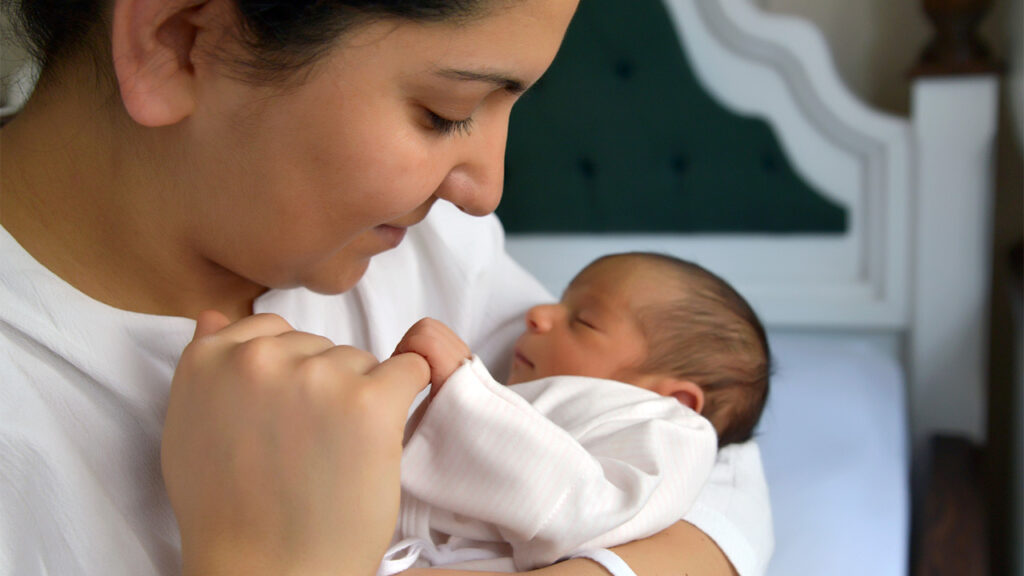The first month of your newborn’s life is a period filled with awe and wonder as you witness the remarkable changes in their physical appearance and growth. Understanding what to expect during this crucial time can help ease your concerns and allow you to fully appreciate each milestone your baby reaches.
Physical Appearance in the First Month
From the moment your baby is born, their physical appearance begins to evolve. Initially, your newborn may look slightly different than expected due to the birthing process. For example, their head might appear elongated or misshapen due to the pressure of passing through the birth canal. This is perfectly normal and will gradually return to a more rounded shape within a few days.
Skin Tone and Texture
In the first few weeks, your baby’s skin might undergo several changes. Many newborns have a pinkish-red hue at birth, which can change as the circulatory system matures. You might also notice peeling or dryness on your baby’s skin, especially on their hands and feet. This is a natural response to transitioning from a fluid-filled environment in the womb to the outside world.
Hair and Eye Color
Newborn hair varies widely in color and texture. Some babies are born with a full head of hair, while others have very little. The hair your baby is born with may change in the coming months, both in color and thickness. Similarly, your baby’s eye color may not be permanent yet. Most babies are born with dark blue or gray eyes, but this can change as they grow, with the final color settling in by around six months.
Development Milestones in the First Month

While your newborn’s physical appearance is rapidly changing, their development is also progressing at an astonishing pace. During this first month, your baby is adapting to life outside the womb, and you’ll notice several key developmental milestones.
Motor Skills
In the early days, your baby’s movements may seem random and uncoordinated. These are reflexive movements, such as the rooting reflex, where your baby turns their head toward a touch on the cheek, or the grasp reflex, where they automatically close their hand around your finger. Over the next few weeks, these reflexes will continue to be a part of your baby’s first month physical appearance and growth as they begin to gain more control over their movements.
Sensory Development
Your baby’s senses are also developing rapidly. Although their vision is initially limited, newborns can see up to about 8-12 inches away, just enough to make eye contact with you during feeding. They are also sensitive to light, which is why they may squint or turn their head away from bright lights. Hearing is well-developed, and your baby will likely recognize and respond to familiar voices, particularly those of their parents.
Feeding and Weight Gain
Feeding is a significant part of your baby’s growth during the first month. Whether you choose to breastfeed or formula feed, your baby will need to eat frequently, typically every two to three hours. During this time, you’ll notice steady weight gain, which is a crucial indicator of healthy development. Most newborns lose a small amount of weight in the first few days after birth, but they usually regain it by the end of the first week and continue to gain weight steadily.
Key Takeaways for Parents
The first month of your baby’s life is a time of incredible transformation. By understanding the typical changes in first month physical appearance and growth, you can better appreciate each stage of your baby’s development. Remember, every baby is unique, and growth rates can vary. If you have any concerns about your newborn’s development, don’t hesitate to consult with your pediatrician. They can provide guidance and reassurance as you navigate this exciting journey.
As you marvel at your newborn’s evolving features and celebrate their early milestones, know that this is just the beginning of a wonderful adventure of growth and discovery.





